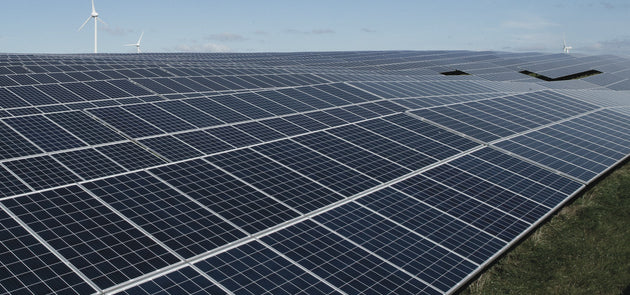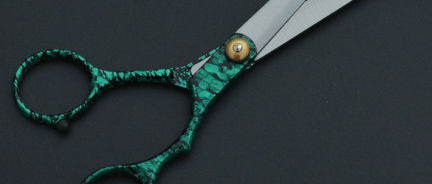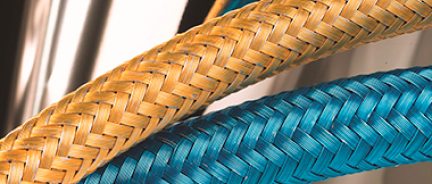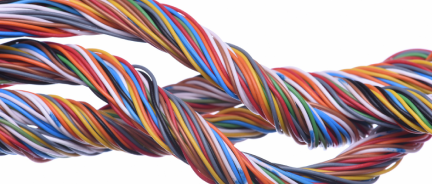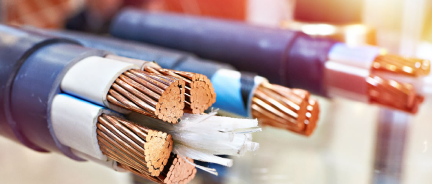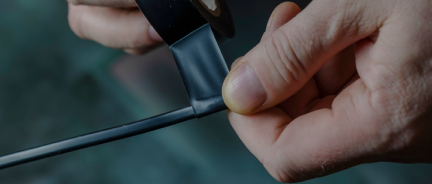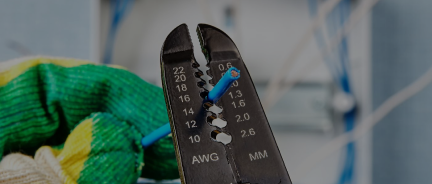Explaining NEC Article 800 on Communication Circuits
NEC (National Electrical Code) Article 800 covers the general requirements for communications systems, including wiring methods, grounding, fire resistance, and installation practices for cables and equipment. It applies to circuits that extend from the communications utility (such as telephone or cable services) to customer premises equipment. The article covers twisted-pair, coaxial, and fiber optic electric systems.
Why Article 800 Exists
The section of the NEC on communication systems was originally developed to regulate telephone systems. It has since expanded to include a broad range of low-voltage systems used for voice, video, data, signaling, and network connectivity. These systems don’t carry power, but sensitive signals that are susceptible to electromagnetic interference (EMI). They require specialized handling separated from power wiring with proper grounding, which calls for their own dedicated section in the NEC.
Scope and Systems Covered In Article 800
Article 800 applies to communication circuits for:
-
Voice and audio (e.g., phones, intercoms)
-
Video (e.g., cable TV)
-
Data and the internet
-
Signaling systems (e.g., integrated fire/burglar alarms)
It focuses on indoor and outdoor, overhead and underground installations, and contains requirements for separation, protection, firestopping, and physical support.
Definitions in NEC Article 800
-
Communications cable: Carries low-voltage signals for voice, data, or video.
-
Riser: A vertical cable run between floors.
-
Plenum: An air-handling space in a building (e.g., above ceilings, under raised floors).
-
Point of entrance: A spot where a communication cable enters a building
Cable Types Covered in NEC 800
Cables are classified by fire resistance, application, and location:
-
Type CMP – Plenum-rated (used in ducts or spaces that circulate air)
-
Type CMR – Riser-rated (used in vertical shafts or between floors)
-
Type CM – General-purpose with the lowest flame resistance
-
Type CMG – General-purpose with better flame resistance than CM
-
Type CMX – Light-duty use in residential settings only
-
Coaxial types (CATV, RG-6, RG-11) – Used for TV and broadband internet
-
Optical fiber (OFNP, OFNR, OFN) – Used for high-speed data transmission in networks and telecom
- CMP and CMR cables are required in commercial installations, depending on location (air spaces vs. risers). CMP cable is for plenum, and CMR cable is for riser.
- CM, CMG, and CMX cables are suitable for one- and two-family dwellings, with CMX limited to light-duty use.
NEC Article 800 Cable Requirements
Best Practices for Installing Communications Cables
-
Don’t attach communication cables to the metal pole or conduit that brings overhead power into the building ( the service-entrance power mast).
-
Identify the point of entrance and install the primary protector as close as possible.
-
Keep grounding conductors as straight and short as possible to avoid voltage differences.
-
Keep all communications cables separate from lighting and power circuits by at least 2 inches or use proper barriers.
-
Do not attach them to power system infrastructure elements outside of the ones that exclusively support communication cables.
-
Route and support cables above suspended ceilings so ceiling tiles can be removed for maintenance.
-
Use only listed raceways and follow NEC Chapter 3 rules when running communications cables in raceways.
-
Label unused cables clearly or remove them to reduce combustible material buildup.
-
Use plenum-rated cables in air-handling spaces, and properly firestop all wall, floor, and ceiling penetrations.
-
Bond all metallic components and plan installations for future accessibility and code compliance.
Installation Standards and Workmanship
The NEC requires all communications cable work to be done in a “neat and workmanlike manner. The definition for workmanlike is not given, but it likely means:
-
Avoiding cable entanglement and sharp bends
-
Providing proper mechanical support at intervals
-
Following the above-mentioned suspended ceiling route
-
Following ANSI/NECA/BICSI 568 guidelines
-
Following the fire-stopping requirements in case you penetrate fire-resisting walls
Abandoned Cable Removal (800.2)
Accessible cables that are not in use or tagged for future use must be removed. This does not apply to cables in raceways (considered “concealed”).
Removing abandoned cables helps limit combustible materials in the building, reducing the potential spread of fire or smoke.
Overhead and Underground Cable Requirements
Overhead (800.44, 680.8, 800.53)
-
Maintain 8 ft clearance over accessible roofs
-
3 ft clearance over sloped roofs (≥4:12)
-
6 ft minimum separation from lightning protection conductors
Underground (800.47)
-
In manholes or handholes, communication cables must be separated from Class 1, power, or fire alarm circuits by a suitable barrier (the one that fully physically separates the cables).
Grounding and Bonding (800.100)
All metallic parts of a communication circuit must be grounded near the point of entrance.
Grounding conductor must be:
-
Minimum 14 AWG copper or corrosion-resistant
-
Insulated, guarded from damage, and as short/straight as possible
-
In dwellings, must not exceed 20 feet
-
If no grounding system exists, install a 5 ft, ½ in ground rod, bonded with a minimum 6 AWG conductor
Acceptable termination points include:
-
Grounding electrode system [250.50]
-
Metal water piping within 5 ft [250.52(A)(1)]
-
Service equipment enclosures, bonding jumpers, or metallic raceways
Other Key Requirements
-
A listed primary protector is required for each communications circuit entering a building, installed as close as possible to the point of entrance and grounded with the shortest, straightest conductor possible, to guard against lightning surges and power cross-overvoltages.
-
Cables must be listed for communications use, but voltage ratings should not be marked to avoid misuse [800.113].
-
Cables can share raceways with Class 2/3, optical fiber, and coaxial circuits, but not Class 1 power circuits.
-
Plenum-rated cables must be used in environmental air spaces [300.22(C)].
-
Riser cables must be used in vertical shafts between floors unless CM cables are enclosed in fireproof shafts.
-
CM, CMG, and CMX cables are acceptable in one- and two-family dwellings, where riser or plenum ratings are not required.
At Nassau National Cable, you can shop a complete range of communication cables, including CMP, CMR, CM, CMX, coaxial, and fiber optic options, all compliant with NEC Article 800. Whether you’re wiring a home, business, or data center—we’re here to help you choose the right product for the job.





